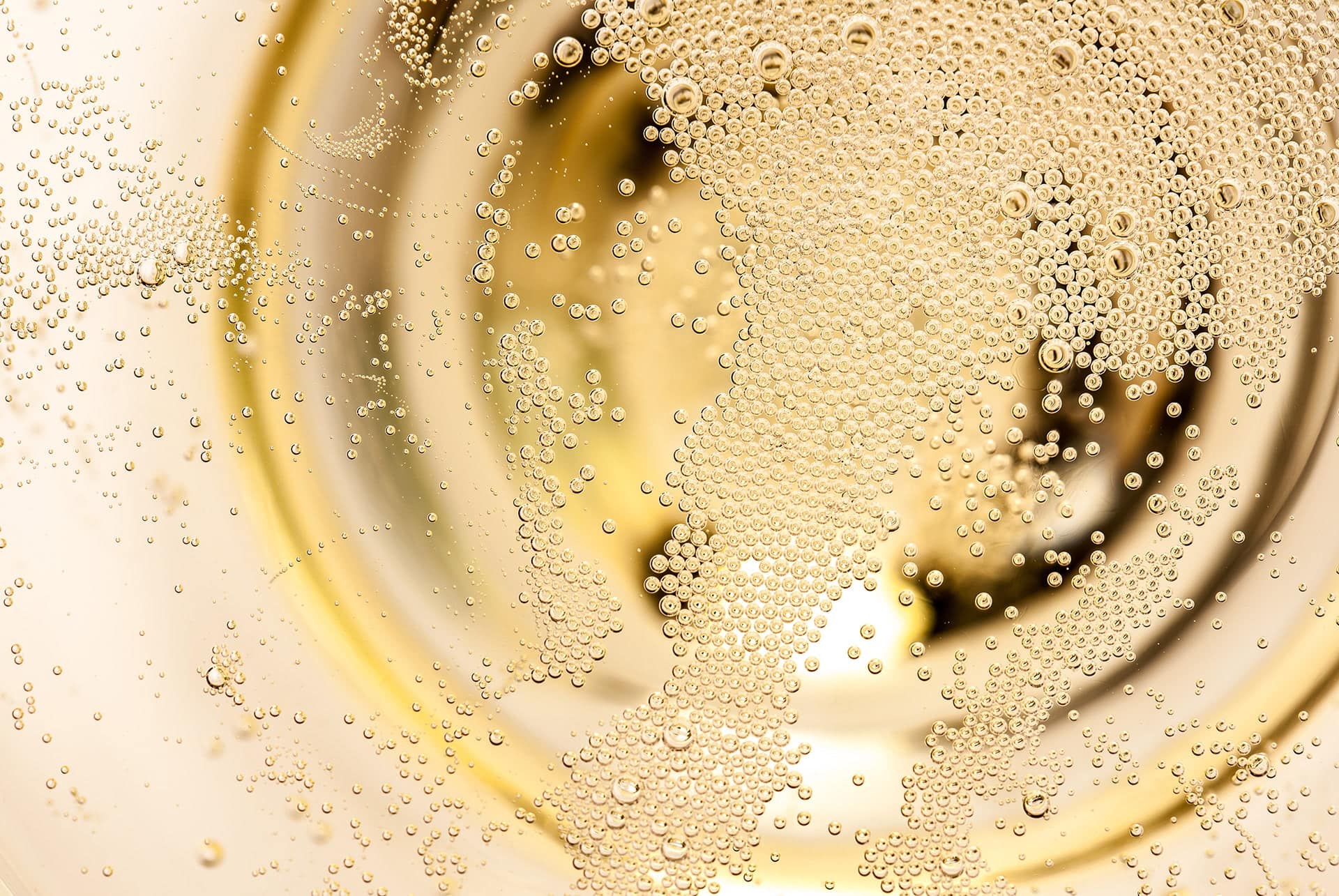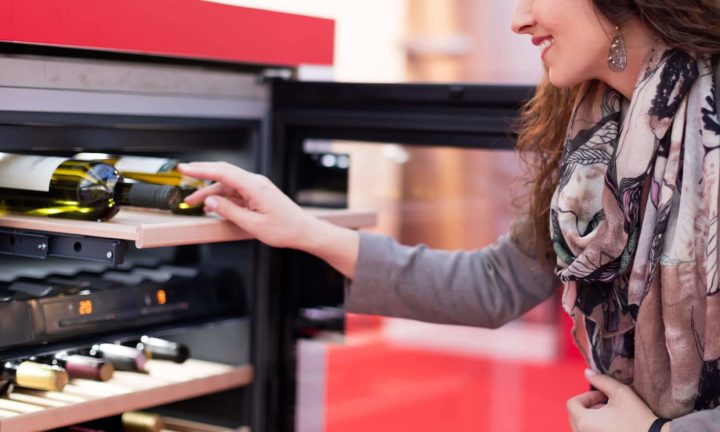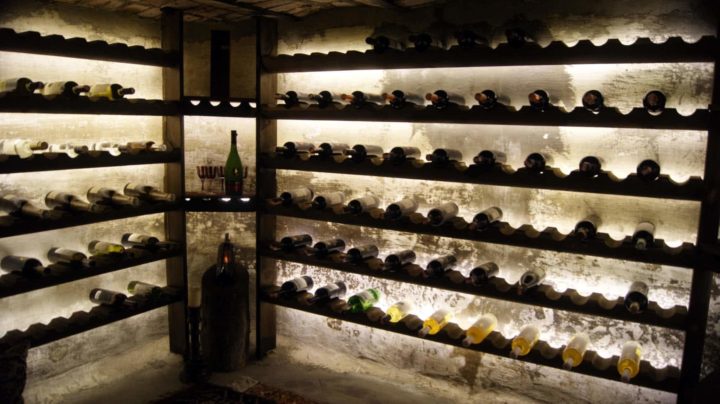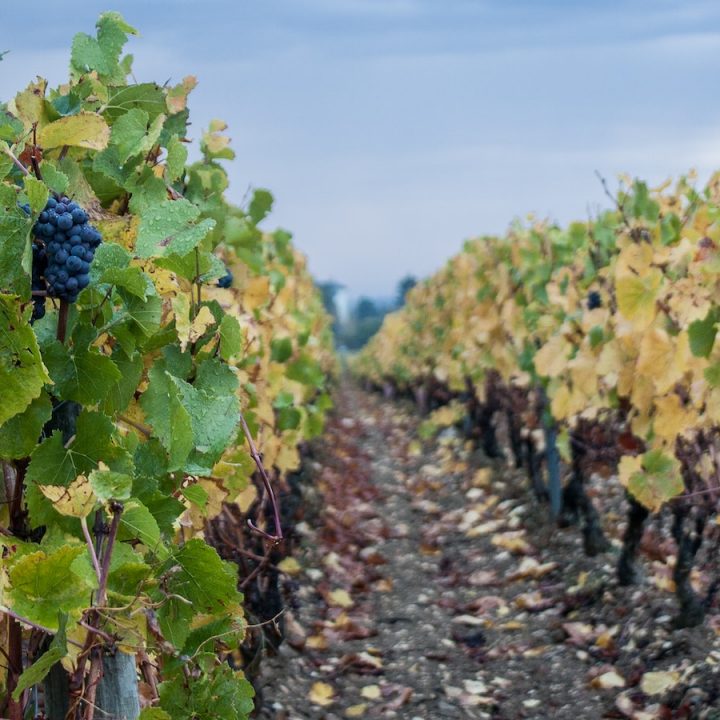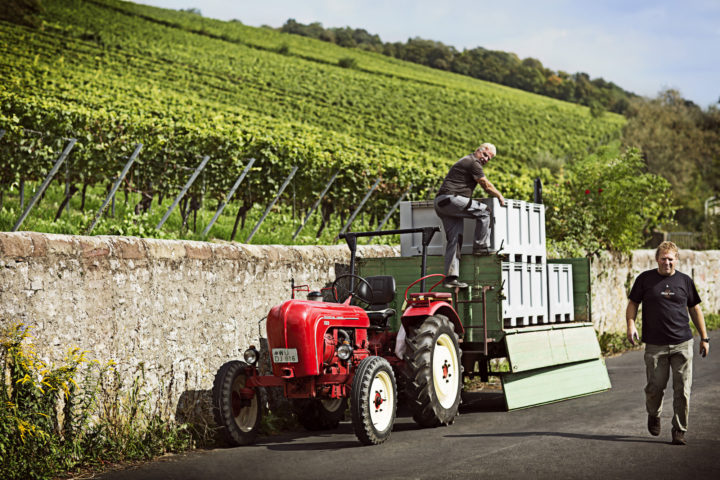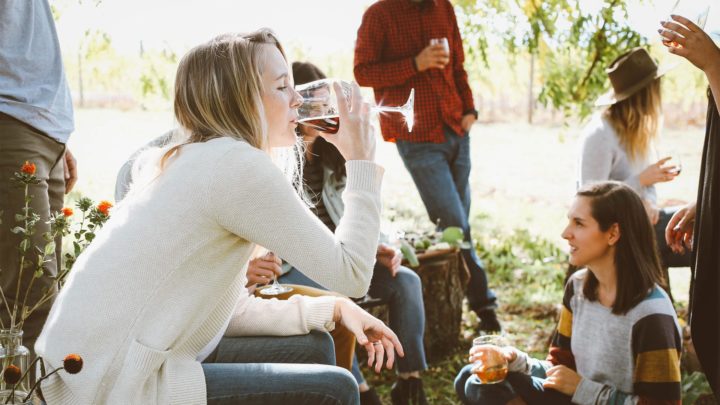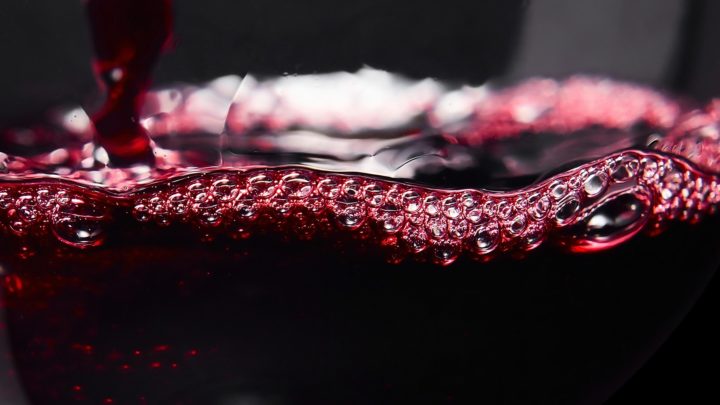Spain stands in the wine world especially for strong red wines. People do not associate the Iberian Peninsula with high-quality sparkling wines – wrongly! Cava is Spain’s answer to champagne and need not shy away from this comparison.
Cava* is an excellent accompaniment to food. Its fresh and fruity aromas make it particularly well suited to fish dishes and seafood. However, due to its refreshing acidity, it also accompanies more substantial pasta dishes. The Gran Reservas are ideal as an aperitif and offer an exciting change from the usual champagne.
Compared to its French model, the Cava* is a new invention. Spanish sparkling wine has only been produced for about 150 years. More precisely, since the second half of the 19th century. In this article you’ll learn all about the “Catalan champagne.”
Spanish “Champagne” – What is Cava?
Cava is the Spanish equivalent of the French champagne. Both wines are quality sparkling wines whose production is chained to strict regulations. Starting with the yield of the vineyards, the permitted grape varieties to the carbon dioxide pressure and alcohol content of the finished sparkling wine.
The major differences between the two sparkling wines are in the type of classification and the grape varieties allowed.
Unlike Champagne, which is an appellation of origin, Cava is classified for its style. It may therefore be produced outside its native region of Penedès.
Due to its southern location, proximity to the Mediterranean Sea and warmer climate, other grape varieties must be used for Spanish sparkling wine. These give the sparkling wine its unmistakable character.
Cava is not equal to sparkling wine – and vice versa
In Germany, Cava is often equated with sparkling wine. However, the latter is not subject to the strict quality requirements imposed on sparkling wine. Therefore, to call a Spanish cava a sparkling wine does not do it justice.
German sparkling wine, for example, only has to mature on its lees for 30 days (in a tank fermentation process) to be allowed to call itself such. Even for the simplest variants, a minimum ripening period of at least 9 months is set. For the highest quality level Gran Reserva, a minimum duration of 30 months is required. Even the medium level Reserva must have a yeast aging of at least 15 months. The long aging process ensures a gentler fermentation, a fine perlage and a complex play of aromas.
Another difference: sparkling wine may be produced by tank fermentation or transvasation process. Unthinkable for Spanish Cava. The second fermentation here must traditionally take place in the bottle. High quality Cavas are also shaken / turned by hand during this time. In large-scale production, this step is done by machine and with the help of large bottle cages. Hundreds of bottles can be turned in them at the same time.
Xarel-lo, Macabeo and Parellada – grape varieties of cava
The warm climate of Spain forms a peculiarity and it requires grape varieties that can tolerate the higher temperatures. For this reason, winemakers must resort to more heat-resistant vines than in the cooler Champagne region.
The following grape varieties are permitted for white cavas:
- Parellada
- Xarel-lo
- Macabeo
- Subirat
- Chardonnay
- Pinot Noir (only since 2007)
… and for rosé cavas (rosados):
- Monastrell
- Garnacha Tinta
Traditionally, the base wine for cava is made from three grape varieties: Xarel-lo, Macabeo and Parellada. The latter two are particularly decisive for the aroma.
Flavors in Cava – How it tastes!
Spanish quality sparkling wine is known for its delicate aromas of quince, apricot, citrus and apple. The two grape varieties Macabeo and Parellada are mainly responsible for this play of aromas.
Here, the grapes of the Macabeo vine provide the typical apricot aroma in addition to floral and berry notes. The apple, citrus and quince notes are contributed by the Parellada grapes.
In warmer vintages, a clear apricot note dominates. If it is a colder growing year, the fresh apple and citrus aromas stand out.
Bone dry to sugary sweet – The flavors of cava
Cava is produced classically and typically for sparkling wines as Cava Brut. So with a residual sugar content of less than 15 grams per liter.
If you like it even drier, go for Extra Brut or Brut Nature/ Brut Zero (< 3 g/L residual sugar).
The sweet tooth among wine drinkers will take one of the noble sweet varieties marketed under the terms Dolç or Dulce. These have a residual sugar of over 50 g/l and can be served with dessert. However, Cava Gran Reserva may be produced as Brut at most.
The short history of Spanish sparkling wine
Cava is, compared to champagne, a young product. It was first produced in the second half of the 19th century, but under a different name.
Inspired by the French luxury sparkling wines, in 1872 Josep Raventós began to produce sparkling wines in their image. Convinced of the success of his wine, a little later he started producing the Spanish sparkling wine. In 1879, he finally launched it on the market for the first time. Thus, Josep Raventós is considered the father of cava.
How Cava got its (new) name
The wine has borne its present name only since 1986, the year of Spain’s entry into the European Union. Until then it was known as Xampàn or Champána, which is the Catalan / Spanish word for champagne.
However, in the case of champagne, it is a protected designation of origin. The Spanish therefore had to find a new name for their sparkling wine. But what is the modern name all about?
La Cava translated simply means winery. That is, a place where alcoholic beverages are produced, stored or sold. Thus, it shares a meaning with the bodega. In Spain, however, a distinction is made between cava (underground) and bodega (above ground). For the production of sparkling wine it needs constant low temperatures over a long period of time. These cool temperatures are found only in the underground cellars of wineries.
So the Spanish made it simple and named it after its place of production.
Also since 1986 it has been recognized by the quality designation
Denominación de Origen Cava
protected.
However, this is not a protected designation of origin. It is an indication of the style and the high demands placed on the wine.
The D.O. Cava is thus the only classification in Spanish wine law that does not explicitly refer to origin.
Only sparkling wines that meet the strict rules for production can call themselves Cavas. A star burned into the cork serves as an identifying mark for genuine cava.
Traditional manufacturing process
The harvest of grapes for sparkling wines begins around the end of August and ends about two months later. Each of the grape varieties harvested is vinified into a single varietal wine. From these, the later base wine of the cava is composed. The ratio of each wine is determined by the cellar master. The so-called assemblage requires experience and sensitivity to ensure consistent quality.
The base wine is then drawn onto the bottle. To start a second fermentation, grape must concentrate and yeast are added to the wine. The bottle is then sealed gas-tight with a crown cork. While the yeast fungi are working, the resulting carbon dioxide cannot escape and dissolves in the wine. The duration of this process determines the fineness of the perlage and the complexity of the finished sparkling wine.
Even the simplest Cavas must mature for 9 months on the yeast. For higher quality Reservas, 15 months are already required and if it wants to be called Grand Reserva, that is, the highest quality level, it must spend at least 30 months on the lees.
Degogging and Dosa – The finishing touches
After the completion of bottle aging, the wine is freed from the dead yeasts. This has accumulated in the neck of the bottle due to constant twisting and tilting. To remove the residue, flash freeze the neck and then open the bottle. The high carbonic acid overpressure causes the ice-yeast plug to shoot out. This process is called disgorging.
With the removal of the plug, some liquid is always lost. This is replenished with the shipping dosage.
Besides filling the wine, dosage has another purpose: after the second fermentation on the bottle, cava is bone dry. The yeast has thus converted all the sugar into alcohol and carbon dioxide. Dosage therefore adds the necessary sweetness back into the wine to balance its flavor.
The dosage consists of a mixture of must, base wine and/or sugar. Their sweetness determines the final flavor of the cava.A special feature are sparkling wines marked Dosage Zero or Brut Natural. Here the wine is replenished with itself. The result: an extremely dry sparkling wine with less than three grams of residual sugar per liter.
These specialties are found almost exclusively in specialty stores.
Overview: The quality regulations for cava
- Planting density/hectare 1500 to 3500 vines
- Yield: 12,000 kg/ha (white) and 8,000 kg/ha (red), respectively.
- maximum 100 L of wine from 150 kg of grapes
- Alcohol content of the base wine between 9.5 and 11.5% by volume
- second fermentation takes place in the bottle
- at least 9 months on the lees
- Reservas at least 15 months on the lees
- Gran Reservas at least 30 months on the lees
- Distribution no earlier than one year after harvest
- Alcohol content: minimum 10.8, maximum 12.8% by volume
- Acidity: min. 5,5 g/l
- Carbonic acid pressure: min. 3.5 bar (20 °C)
Penedès – The home of cava
Production takes place almost exclusively in Penedès region west of Barcelona. With more than 200 producers, the town of Sant Sadurní is considered the heart of Cava production. The international market leaders also have their home here -. Freixenet and Codorníu . Together, the two producers make more than 90% of all cavas.
Unlike Champagne, its Spanish counterpart is not a protected designation of origin. For this reason, it is also produced in other areas of Spain. Currently, 159 municipalities are authorized for the production of cava. Although most of them are located in the Penedès wine region, they also include districts in Rioja, Aragón or Navarre.
With a production of 245 million bottles (in 2010), Spain is the second largest country of origin for high-quality sparkling wines, behind France. Over 60 percent of cava production is exported abroad. One of the largest sales markets is Germany, with more than 40 million bottles per year.
The town of Sant Sadurní d’Anoia is considered the spearhead of Spanish sparkling wine production. Only 25 km from Barcelona, over 90% of Catalan cava is produced here.
Food companion – What dishes does the wine go with?
Cava is an excellent accompaniment to food. Its fresh and fruity aromas make it particularly well suited to fish dishes and seafood. However, due to its refreshing acidity, it also accompanies more substantial pasta dishes. The Gran Reservas are ideal as an aperitif and offer an exciting change from the usual champagne.
